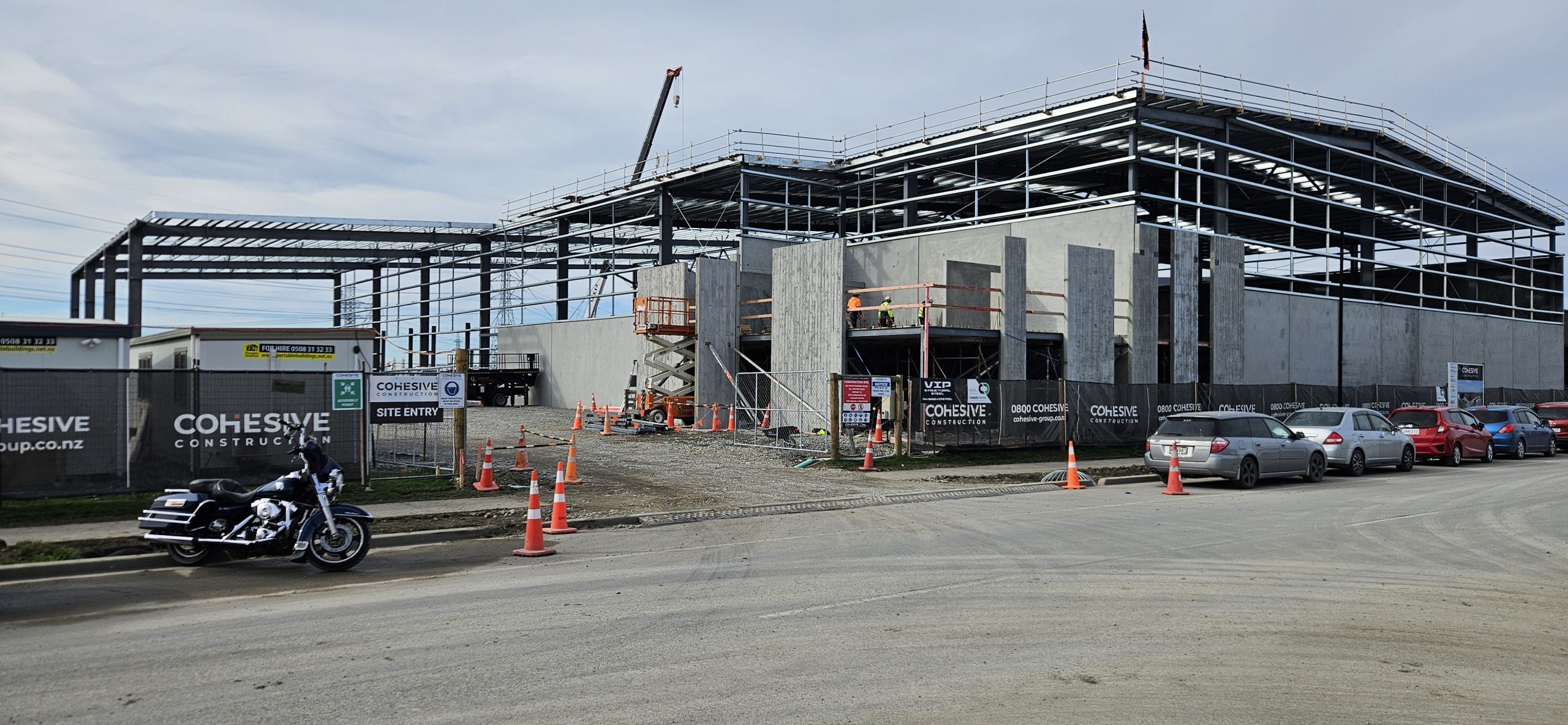 I am frequently surprised how few people understand this distinction, hopefully this article will save you tens of thousands of dollars and a lot of frustration. Almost all of our customers come from competitors, almost all of these are because the previous service provider has not delivered to the customers expectations.
I am frequently surprised how few people understand this distinction, hopefully this article will save you tens of thousands of dollars and a lot of frustration. Almost all of our customers come from competitors, almost all of these are because the previous service provider has not delivered to the customers expectations.
The other thing these situations all have in common is that at the inception of the sale the customer thought they were going to get what they wanted. In hindsight, in many cases they never even knew what they needed or what to ask for. This is the difference between procurement and purchasing. Purchasing is simple, what are the cost and service parameters, do a comparison and hey presto. Don’t get me started on the fact that most people don’t know how to compare freight pricing. Procurement is much more complex, procurement is a science and involves:
- A detailed understanding of the Total Cost of Ownership (TCO)
- What will it cost now, what will it cost over 5 years
- What are the hidden costs
- Cultural fit
- Communication platforms
- Risk mitigation strategies
Procurement, for the large part is tedious, depending on the size of your business, for a medium sized business to procure a 3PL would take about a week which is where the problem starts, most people are time poor and the selection process is reduced to a shallow price comparison and a site visit to see if they like the blokes (normally the sales people). It’s at this point it all goes wrong at 3 months the customer realizes their expectations are not aligned with the deliverable, hidden costs are crawling out of the woodwork and the sales person has virtually disappeared.
You should never purchase 3PL, you should always procure 3PL. The same goes for property and IT systems. Procurement is a strategic process, it literally needs to align with your business strategy, you can purchase stationery, freight forwarding and consumables.
Using IT systems as an example we see the following everyday, most people purchase IT and end up burning tens and hundreds of thousands of dollars.
- We need a new financial system!
- Sit down with a bunch of IT vendors and find out if they can deliver what you need
- Find something and someone you really like, vendors sales people and you get a rush of blood to the head and do a deal
- Buyers remorse
- System does not do simple stuff you think “everyone must need”.
- Cash burn, everything you need has to built at a cost of 160.00 per hour, thousands then tens of thousands of (unplanned) dollars go rushing out the door
- “You didn’t ask for it in the scope” if you hear this one more time you’ll kill someone.
- You end up with a solution delivering 80% of what you need, its slowing you down not speeding you up.
The first thing I always ask is this “did you create a functional requirements document” (FRD). This articulates in detail the specific needs of the business, the reports, the automation, the EDI connectivity, the future requirements. 9/10 the answer is no. In a lot of cases its a western problem, westerners tend to cram, they go in light at the start and cram at the end, if a task needs to be done in 10 days they’ll do 50% of the work in the last 2 days. When you purchase this is ok. The Japanese work the other way around (they are supply chain gurus) they cram 120% into the first 2 days and have a much better record of developing robust cost effective supply chains.
Example, I know a company who engaged with a vendor told them the requirements and got a 120k quote. I asked if they had done a FRD – they said no I convinced them to spend about 6k with me on a two day workshop to do this which they did, they re-engaged with the vendor and the quote doubled to 250k. I think it will end up costing around 300k but they will get what they want, I know a competitor to this company who didn’t to an FRD, started with a quote of around 250k and is up to 800k with no end in sight – this is not uncommon.
3PL is the same, you need to slow down, front load and do a detailed procurement strategy, if you don’t know how to do it, pay someone, we charge between 160.00 (analysis) and 400.00/hour (strategy) helping companies develop supply chain strategies, FRD’s and develop 3PL procurement strategies. At a guess I would say for every dollar they spend on this part of the process saves them between 10.00 and 100.00 at the other end.
The key takeaway from this is know when to procure, know when to purchase, the following white paper may be of interest.

